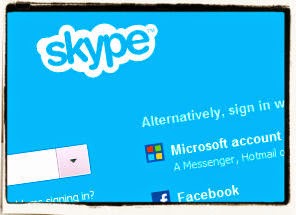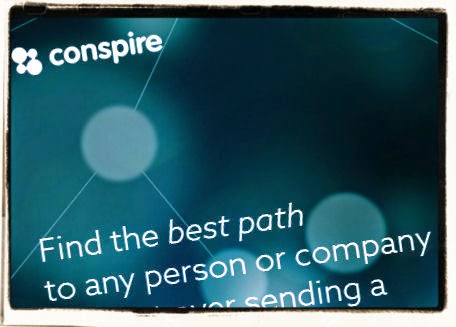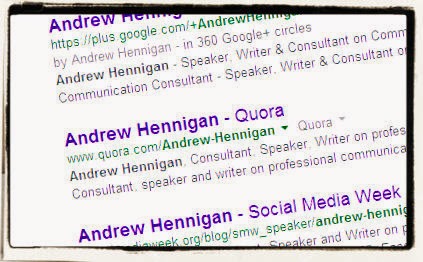Three Reasons to Avoid Sending Angry Emails

In an earlier post Three Tips for Responding to Angry Emails I outlined some practical methods for responding to angry emails effectively. This solves part of the problem but it would be far better if angry emails were never sent in the first place. There are some people who regularly resort to sending angry emails -- every organization seems to have at least one employee who is part troll -- but even otherwise calm and measured people can slip into this mistake occasionally. And this is a mistake. Sending angry emails can have negative effects that go beyond the obvious. ANGRY EMAILS ARE NOT EFFECTIVE. A polite and respectful email is much more likely to achieve results than one that is angry and perhaps disrespectful, both in the short term and long term. Other people are always more co-operative with someone who treats them well and they will feel a stronger commitment to your goal when you ask nicely. Remember that at the end of the year when your results are being ev...
















